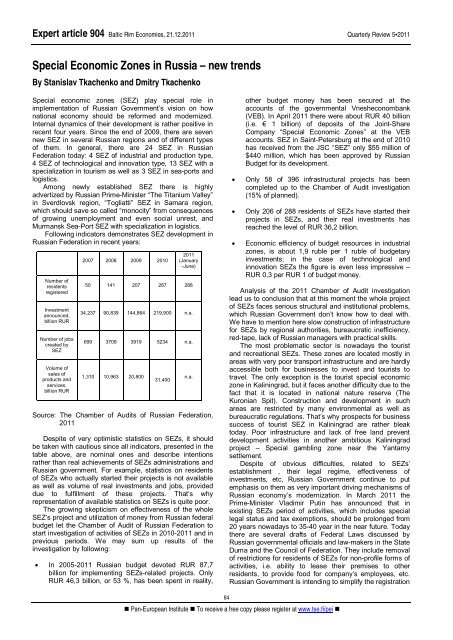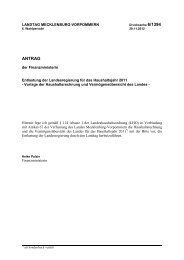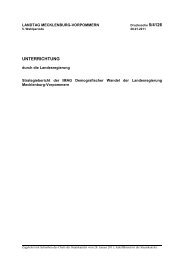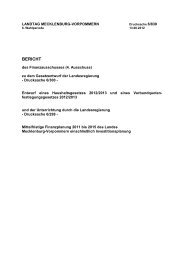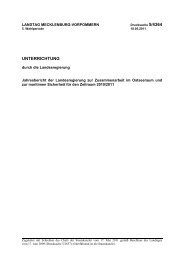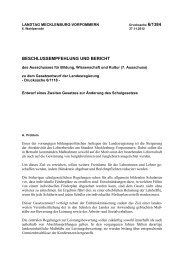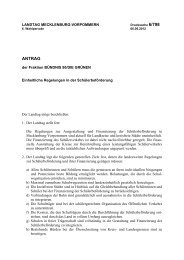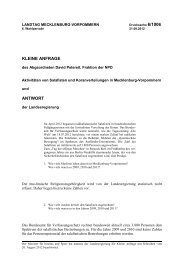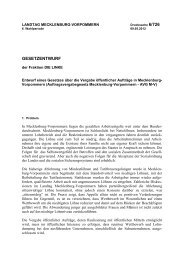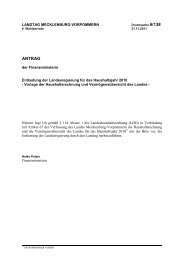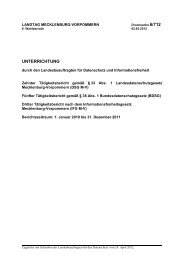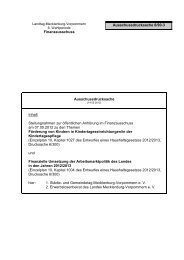Baltic Rim Economies - Baltic Port List
Baltic Rim Economies - Baltic Port List
Baltic Rim Economies - Baltic Port List
You also want an ePaper? Increase the reach of your titles
YUMPU automatically turns print PDFs into web optimized ePapers that Google loves.
Expert article 904 <strong>Baltic</strong> <strong>Rim</strong> <strong>Economies</strong>, 21.12.2011 Quarterly Review 5�2011<br />
Special Economic Zones in Russia – new trends<br />
By Stanislav Tkachenko and Dmitry Tkachenko<br />
Special economic zones (SEZ) play special role in<br />
implementation of Russian Government’s vision on how<br />
national economy should be reformed and modernized.<br />
Internal dynamics of their development is rather positive in<br />
recent four years. Since the end of 2009, there are seven<br />
new SEZ in several Russian regions and of different types<br />
of them. In general, there are 24 SEZ in Russian<br />
Federation today: 4 SEZ of industrial and production type,<br />
4 SEZ of technological and innovation type, 13 SEZ with a<br />
specialization in tourism as well as 3 SEZ in sea-ports and<br />
logistics.<br />
Among newly established SEZ there is highly<br />
advertized by Russian Prime-Minister “The Titanium Valley”<br />
in Sverdlovsk region, “Togliatti” SEZ in Samara region,<br />
which should save so called “monocity” from consequences<br />
of growing unemployment and even social unrest, and<br />
Murmansk Sea-<strong>Port</strong> SEZ with specialization in logistics.<br />
Following indicators demonstrates SEZ development in<br />
Russian Federation in recent years:<br />
Number of<br />
residents<br />
registered<br />
Investment<br />
announced,<br />
billion RUR<br />
Number of jobs<br />
created by<br />
SEZ<br />
Volume of<br />
sales of<br />
products and<br />
services,<br />
billion RUR<br />
2007 2008 2009 2010<br />
2011<br />
(January<br />
-June)<br />
50 141 207 267 288<br />
34,237 90,839 144,864 219,900 n.a.<br />
699 3709 3919 5234 n.a.<br />
1,310 10,963 20,800<br />
31,400<br />
Source: The Chamber of Audits of Russian Federation,<br />
2011<br />
Despite of very optimistic statistics on SEZs, it should<br />
be taken with cautious since all indicators, presented in the<br />
table above, are nominal ones and describe intentions<br />
rather than real achievements of SEZs administrations and<br />
Russian government. For example, statistics on residents<br />
of SEZs who actually started their projects is not available<br />
as well as volume of real investments and jobs, provided<br />
due to fulfillment of these projects. That’s why<br />
representation of available statistics on SEZs is quite poor.<br />
The growing skepticism on effectiveness of the whole<br />
SEZ’s project and utilization of money from Russian federal<br />
budget let the Chamber of Audit of Russian Federation to<br />
start investigation of activities of SEZs in 2010-2011 and in<br />
previous periods. We may sum up results of the<br />
investigation by following:<br />
� In 2005-2011 Russian budget devoted RUR 87,7<br />
billion for implementing SEZs-related projects. Only<br />
RUR 46,3 billion, or 53 %, has been spent in reality,<br />
n.a.<br />
64<br />
other budget money has been secured at the<br />
accounts of the governmental Vnesheconombank<br />
(VEB). In April 2011 there were about RUR 40 billion<br />
(i.e. € 1 billion) of deposits of the Joint-Share<br />
Company “Special Economic Zones” at the VEB<br />
accounts. SEZ in Saint-Petersburg at the end of 2010<br />
has received from the JSC “SEZ” only $55 million of<br />
$440 million, which has been approved by Russian<br />
Budget for its development.<br />
� Only 58 of 396 infrastructural projects has been<br />
completed up to the Chamber of Audit investigation<br />
(15% of planned).<br />
� Only 206 of 288 residents of SEZs have started their<br />
projects in SEZs, and their real investments has<br />
reached the level of RUR 36,2 billion.<br />
� Economic efficiency of budget resources in industrial<br />
zones, is about 1,9 ruble per 1 ruble of budgetary<br />
investments; in the case of technological and<br />
innovation SEZs the figure is even less impressive –<br />
RUR 0,3 per RUR 1 of budget money.<br />
Analysis of the 2011 Chamber of Audit investigation<br />
lead us to conclusion that at this moment the whole project<br />
of SEZs faces serious structural and institutional problems,<br />
which Russian Government don’t know how to deal with.<br />
We have to mention here slow construction of infrastructure<br />
for SEZs by regional authorities, bureaucratic inefficiency,<br />
red-tape, lack of Russian managers with practical skills.<br />
The most problematic sector is nowadays the tourist<br />
and recreational SEZs. These zones are located mostly in<br />
areas with very poor transport infrastructure and are hardly<br />
accessible both for businesses to invest and tourists to<br />
travel. The only exception is the tourist special economic<br />
zone in Kaliningrad, but it faces another difficulty due to the<br />
fact that it is located in national nature reserve (The<br />
Kuronian Spit). Construction and development in such<br />
areas are restricted by many environmental as well as<br />
bureaucratic regulations. That’s why prospects for business<br />
success of tourist SEZ in Kaliningrad are rather bleak<br />
today. Poor infrastructure and lack of free land prevent<br />
development activities in another ambitious Kaliningrad<br />
project – Special gambling zone near the Yantarny<br />
settlement.<br />
Despite of obvious difficulties, related to SEZs’<br />
establishment , their legal regime, effectiveness of<br />
investments, etc, Russian Government continue to put<br />
emphasis on them as very important driving mechanisms of<br />
Russian economy’s modernization. In March 2011 the<br />
Prime-Minister Vladimir Putin has announced that in<br />
existing SEZs period of activities, which includes special<br />
legal status and tax exemptions, should be prolonged from<br />
20 years nowadays to 35-40 year in the near future. Today<br />
there are several drafts of Federal Laws discussed by<br />
Russian governmental officials and law-makers in the State<br />
Duma and the Council of Federation. They include removal<br />
of restrictions for residents of SEZs for non-profile forms of<br />
activities, i.e. ability to lease their premises to other<br />
residents, to provide food for company’s employees, etc.<br />
Russian Government is intending to simplify the registration<br />
� Pan-European Institute � To receive a free copy please register at www.tse.fi/pei �


